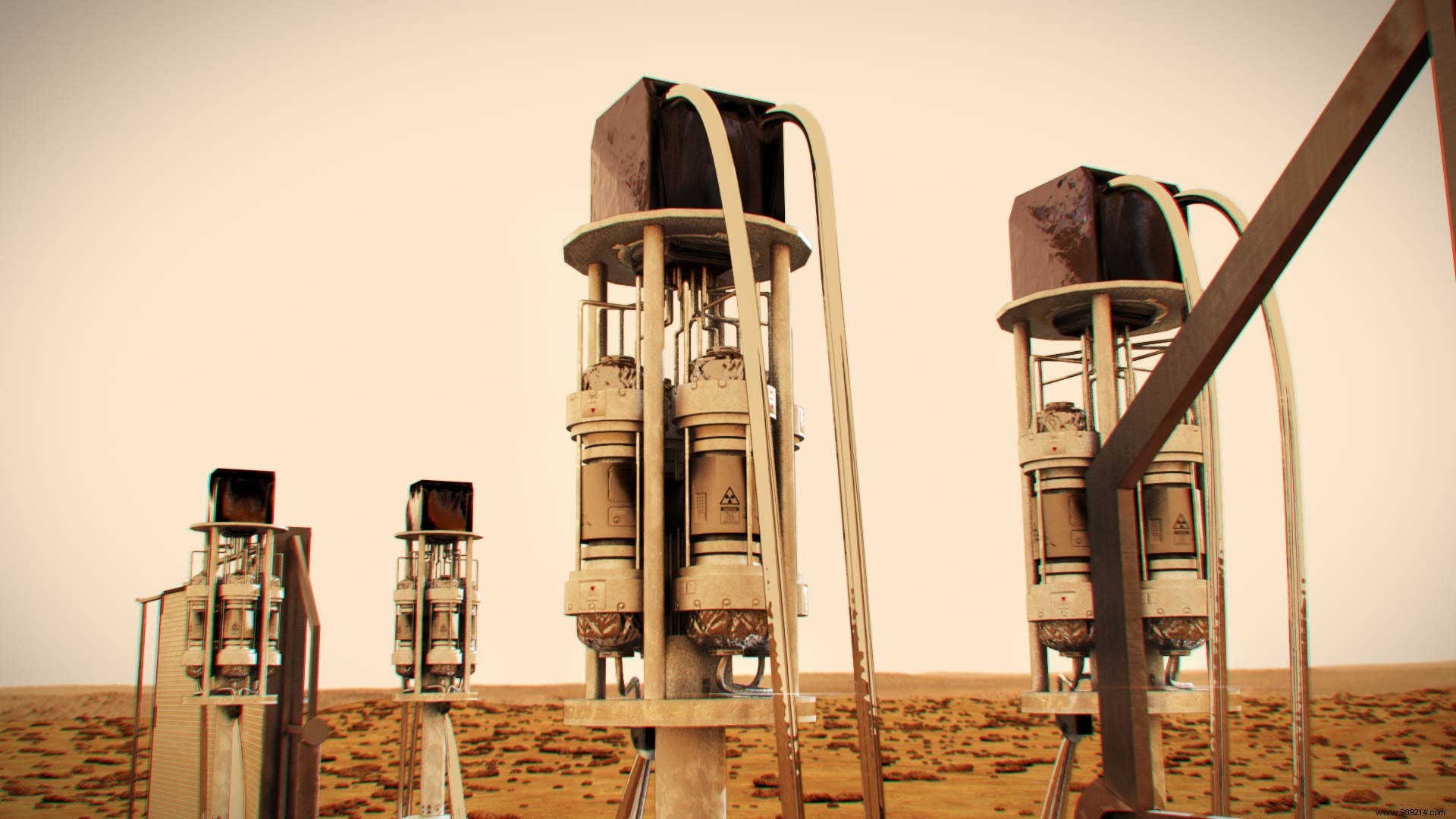Do you know how to build a nuclear fission reactor that can fit inside a four by six meter rocket fairing? If so, NASA and the US Department of Energy would love to hear from you.
NASA and its partners would like to establish themselves permanently on and around the Moon. Naturally, such an ambition requires the development of a permanent base within which astronauts on a mission can evolve while protecting themselves from lunar conditions. This raises the question of energy.
For several months, the Idaho National Laboratory (INL) and the United States Department of Energy have been considering the idea of building a small nuclear fission reactor that is "sustainable, at high power" on site over the next ten years.
Why did you choose fission? If the choice fell on this solution, it is because it is reliable. “Fission systems can operate continuously around the clock in dark craters and during lunar nights that last for weeks when generating electricity from the sun is difficult “, Details the American agency. It's also powerful enough to support a manned base.
The two agencies are currently looking for proposals from external partners to launch this ambitious project. If you are interested, the deadline for submitting ideas is February 19, 2022 .
“Abundant energy will be the key to future space exploration "said Jim Reuter, Associate Administrator of NASA's Space Technology Missions Directorate. “I expect fission surface power systems to greatly benefit our power architecture plans for the Moon and Mars and even drive innovation for uses here on Earth “.

This call for proposals is obviously accompanied by some guidelines. For example, the reactor must be fueled with uranium . In other words, the device must be able to split heavy atomic nuclei of this radioactive metal (often uranium-235) into lighter nuclei, releasing energy as a byproduct. Second point:the reactor must weigh no more than six tons and fit in the fairing of a four by six meter rocket .
Once placed on the lunar ground, it should supply 40 kilowatts of electrical energy continuously for ten years . By way of comparison, over the same period of time, such power could supply around thirty homes on Earth.
Finally, this reactor must also be able to regulate its temperature in order to keep the device cool. Remember that on site, temperatures can rise to more than 120 degrees Celsius during the day.
For those interested, this lunar nuclear fission project is managed by NASA's Glenn Research Center in Cleveland.